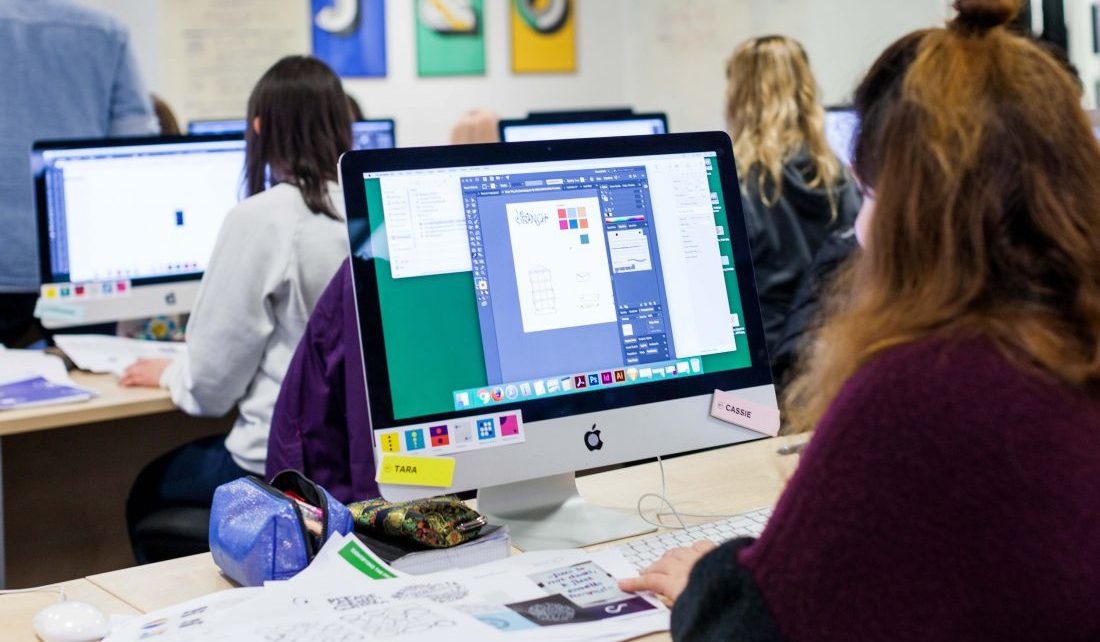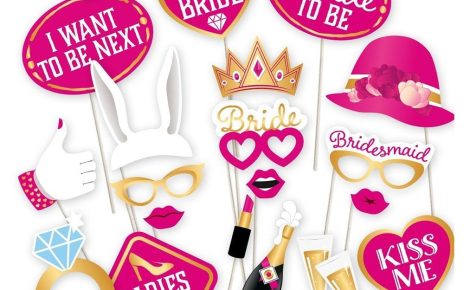Everyone wants their product to be seen and attracted by many customers. But how does it differ from your competitors? Design that captures the attention of your customers is key and is achieved through high-quality graphic design.
Selecting the right graphic designer for your company can be a scary job, especially when you have no idea what to look for. The web contains a wide collection of designers to choose from. Not to mention, many of us also know a young college student looking to build his portfolio (I have been that person). It’s no wonder choosing a designer seems like a daunting task.
A great way to start choosing the perfect designer is to start an internet search for design in your industry. Let’s say you’re a doctor looking for office designs. You can search for something like “medical graphic design” or “medical web design.” You can also get a more particular “pediatric web design” or “chiropractic web design.” This will help you find a designer who is adept at designing for your particular niche.
At this point, you could be saying, “I’ve checked out some great designs, however there are too many designers to choose from so what’s next?” Art is the eye of the beholder, which means that deciding on a designer involves individual taste.
Whether your personal business offers products and services offline or perhaps online, high-quality graphics play an important role. You’ve heard it over and over again, “A picture is worth a thousand words.” This is true when you use high-quality images.
For starters, let’s consider offline businesses.
How often do you find products that don’t offer some kind of graphic packaging that actually sells? Consumer reviews have shown that if you have two similar items, one with plain packaging, and of course, the other with eye-catching quality graphics, the latter will most likely sell better than the first item.
Can you imagine being in a store to buy a bottle of citrus juice, and all that was really on the package were the words “citrus juice”? Would you possibly buy the citrus juice or maybe go for the one right next to it that looked professionally packaged with colorful graphic components that were both attractive and also appealing to the appetite?
The food industry, the automotive industry, and also the communications industry know how crucial quality graphics tied to their products are. If the auto industry can sell vehicles on simple sheets of paper with just the car information, do you really think it would pay the cost of producing those attractive color brochures? They provide them basically because they work, they help sales.
The examples are truly innumerable, regardless of how the concept is understood. The power of high-quality graphics or images is even more evident on the Internet. Anyone can sell on the Internet as long as they have a computer and also an Internet connection. Therefore, an explosion of online businesses and a highly competitive market occurs. Making sales online is not as easy as you might think.
In fact, there is a high level of unease online that will affect whether or not a visitor will buy a product. When your website is deemed secure, visitors will buy. Using graphics can certainly help you achieve that feeling, and high-quality graphics can also attract visitors and create a good shopping experience.
When it comes to graphic design, first impressions count. If your marketing materials don’t attract visitors, you may never get a second chance at winning your business. This includes everything from a business card to a website, brochures, and stationery. At the same time, there are so many graphic designers that many business owners don’t know where to start when it comes to choosing a qualified professional.
The following tips will help you select candidates and choose a graphic design professional that meets the needs of your business:
First, unless you are willing to give someone the opportunity to learn on the job, look for someone who has versatile experience in the areas you need. These days, this should include the web, print, and, to a greater or lesser degree, video. Does your prospective designer know how to create pages that maintain a consistent look and feel across platforms? What does he or she do to keep up with changing technology? Feel free to take the time to interview multiple candidates.
Second, familiarize yourself with the general approach of the graphic designer by reviewing a series of samples. While many professionals can adapt to suit the tastes of different clients, it is equally common to see a certain style reveal itself in the professional’s overall portfolio. Be sure to review the samples several times, as you may notice different things with each successive viewing. For example, do the photographs or other artistic elements seem tasteful or jarring? Does the graphic artist put up too many bells and whistles that interfere with the central message?
Third, don’t let your own biases get in the way of a bold choice. Of course, a design plan must represent your company according to the mindset of your target market. However, don’t get caught up in the old ways of doing things for fear of venturing into something new. Graphic design professionals are often at the forefront when it comes to visual expression. If you trust the overall work of the artist, don’t be afraid to give her leeway to create something truly impressive. Creative people enjoy challenges and may surprise you if they are given the opportunity to prove themselves in new ways.
Fourth, ask to see credentials, affiliations, and references. Many people call themselves graphic design professionals. However, there is often a big difference between someone who acquired the skill along the way and someone who is committed to professional development. Also, if a candidate is a member of a professional organization, they may have recourse in case something goes wrong. It also means that the candidate intends to follow the rules.




